Mysore Mallige (Jasmine) 7 layers
This product is available for shipping only in Bangalore
Flowers always make people better, happier and more helpful they are sunshine, food, and medicine for the soul. Jasmine plant is a genus of shrubs and vines in the olive family. Jasmine is a popular flower associated with love and romance. It has a unique fragrance. The jasmine flowers are white in most species, with some species being yellow. Jasmines often have five or six lobes. Jasmine plant in pots care are often strong and sweet-scented. It has shinning leaves and beautiful clusters of fragrant flowers.
Plant Height: approx 36 inches including the pot
Pot size : 12 inches nursery pot
- Estimated Delivery : Up to 3 business days
- Free Shipping & Returns : On all orders over ₹550 in Bangalore
The jasmine plant is a source of exotic fragrance in warmer climates. It is an important scent noted in perfumes, and also has herbal properties. The plants may be vines or bushes and some are evergreen. Most jasmine plants are found in tropical to sub-tropical climates, although a few may thrive in temperate zones.
Plant Care: Jasmine plant is a easy growing plant. Do not over water it. Keep it in a place where you have a good direct sun. For a this plant, you need well-draining soil. This type of soil ensures excess water drains through the plant pot. This prevents all that extra water from building up in the soil. When there’s too much water in your plant’s soil, it blocks the oxygen from getting through to the roots. The lack of oxygen to a plant’s roots can cause root rot. Root rot is just as the name sounds. It’s when the roots of a plant start to rot away. Fertilize once in a month. Loosen the topsoil without disturbing the roots of the plant so it can uptake the nutrients and moisture easily
General advise about Outdoor plants: Don’t kill your plants with kindness by overwatering. The is the most common mistake gardeners make. Different plants need different levels of moisture between watering. Some plants like moist soil between watering’s, while others prefer to dry out completely.
- Check the soil between watering’s with a stick, or even your finger, pushing below the top layer of soil or mulch to determine how moist the soil is.
- A watering can is an excellent choice for watering plants. Water well around the base.
- Water plants thoroughly. Water should run away from the edges of the plant or drain from the hole in the bottom of the pot.
Plants have individual nutrition needs, and beginning gardeners should be careful not to overfeed their plants. New plant installations will not need fertilizers or food of any kind for the first three months as they come from the nursery prepared for transplant.
Plant fertilizers come in three forms:
- Water-soluble: a liquid mixed with water and poured on the plant
- Spikes: a solid food that is pushed directly into the soil and releases nutrients slowly
- Granular: sprinkled around the base of a plant and watered in.
At the nursery these plants are grown under 40-70% shade cloth. If you plant this plant in a brightly lit area (like direct sun) you may experience leaf burn. It is best to acclimate this plant to its environment by keeping it outside and slowly moving it into a sunny area over a week or two to avoid stress before planting.
Keep an eye open for harmful insects or disease on new plant material. New plantings are not as strong as established plants, so they do require more attention. If you see a concern, you can research the issue or contact us for advice.
** Plants photos are for representation purpose only. We will make best efforts to send the plants as in photos itself, however it is not always guaranteed as plants might overgrow or shrink depending on the season, care or age. Trust us, we want to give you the best.



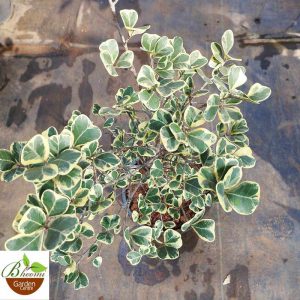
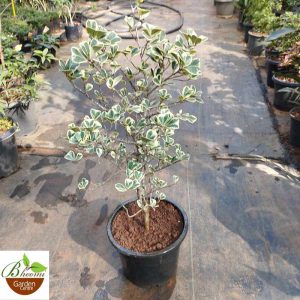

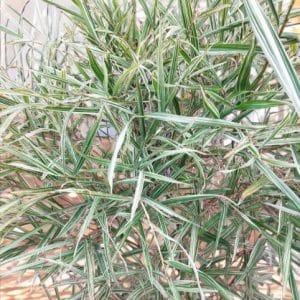
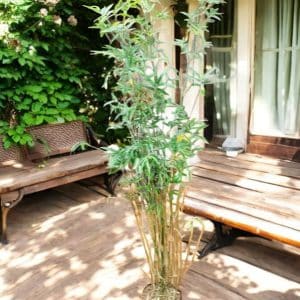


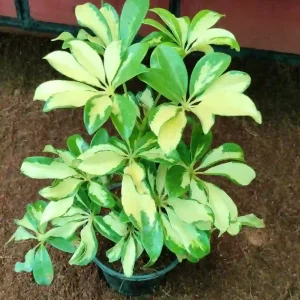
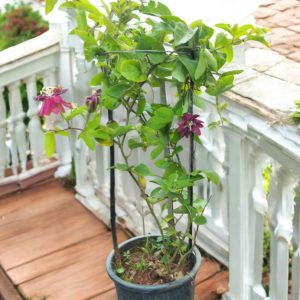
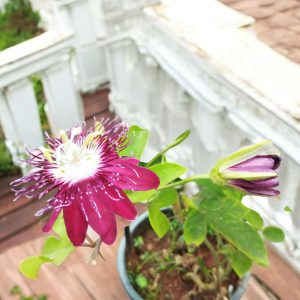
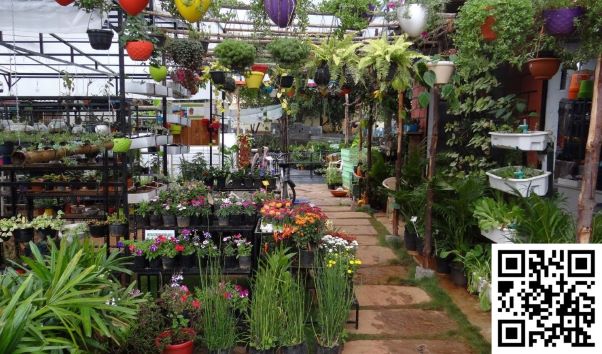
Reviews
There are no reviews yet.